Human Circulatory System Diagram Explained
February 17, 2024
Table of Contents
Human Circulatory System Diagram
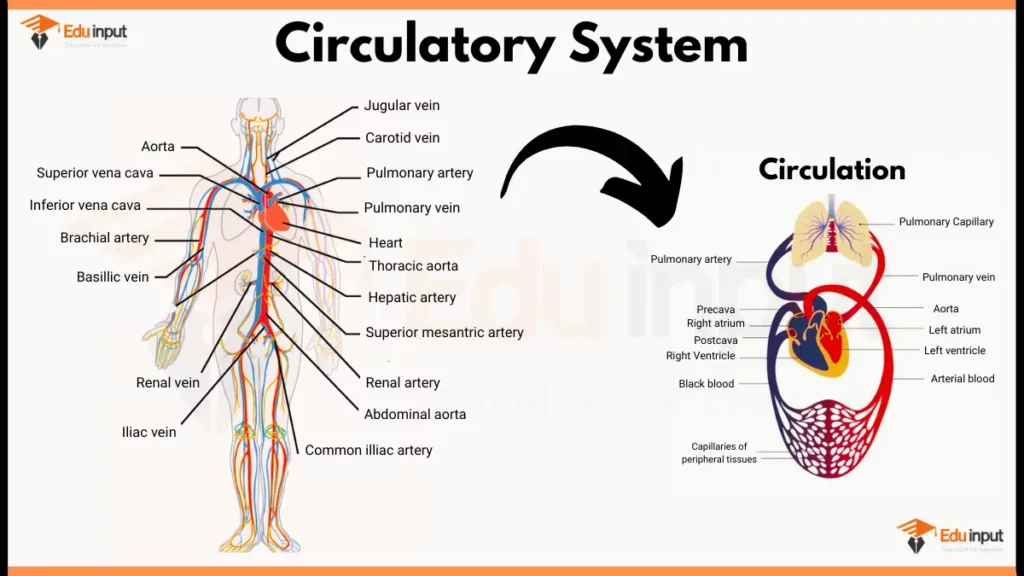
Here are key components of human circulatory system and their functions:
1. Heart
The heart has four chambers:
- Right atrium: Receives deoxygenated blood from the body.
- Right ventricle: Pumps deoxygenated blood to the lungs.
- Left atrium: Receives oxygenated blood from the lungs.
- Left ventricle: Pumps oxygenated blood to the body.
2. Blood Vessels
- Arteries: Carry oxygenated blood away from the heart. They have thick, muscular walls to withstand high pressure.
- Veins: Carry deoxygenated blood back to the heart. They have thinner walls and valves to prevent backflow.
- Capillaries: Tiny, thin-walled vessels where gas and nutrient exchange occurs between blood and tissues.
3. Blood
- Plasma: Liquid portion carrying dissolved nutrients, hormones, and waste products.
- Red blood cells (RBCs): Transport oxygen from lungs to tissues and carbon dioxide back.
- White blood cells (WBCs): Play a crucial role in the immune system, fighting infections.
- Platelets: Aid in blood clotting to prevent excessive bleeding.
File Under:

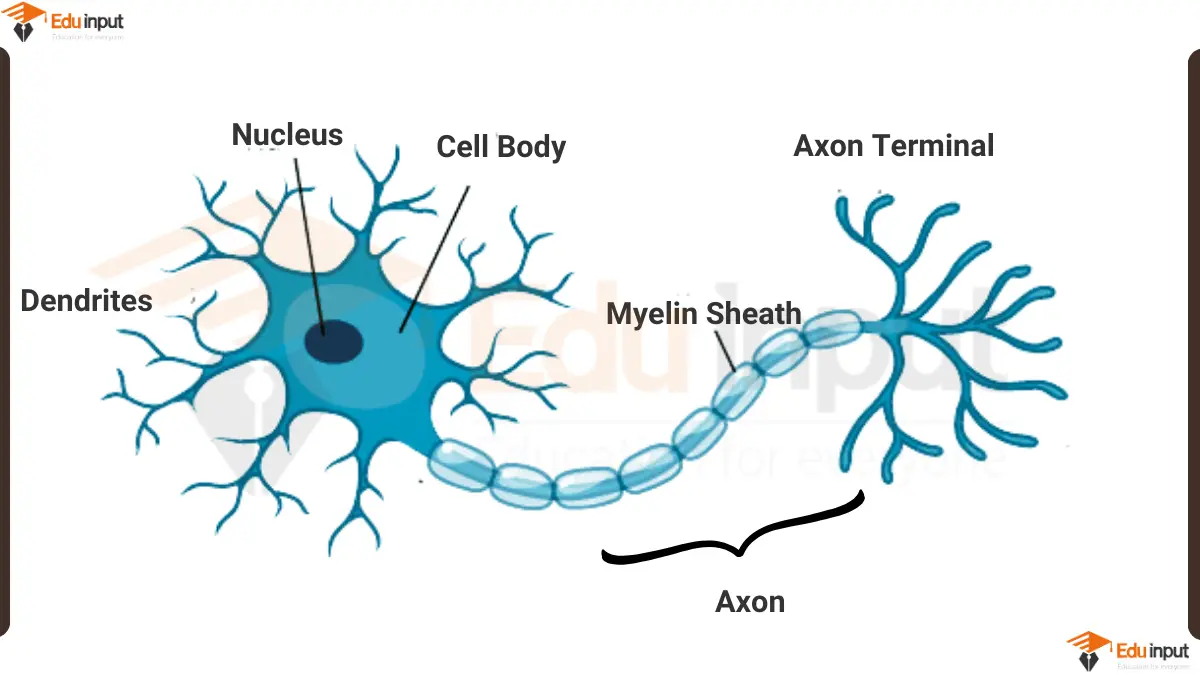
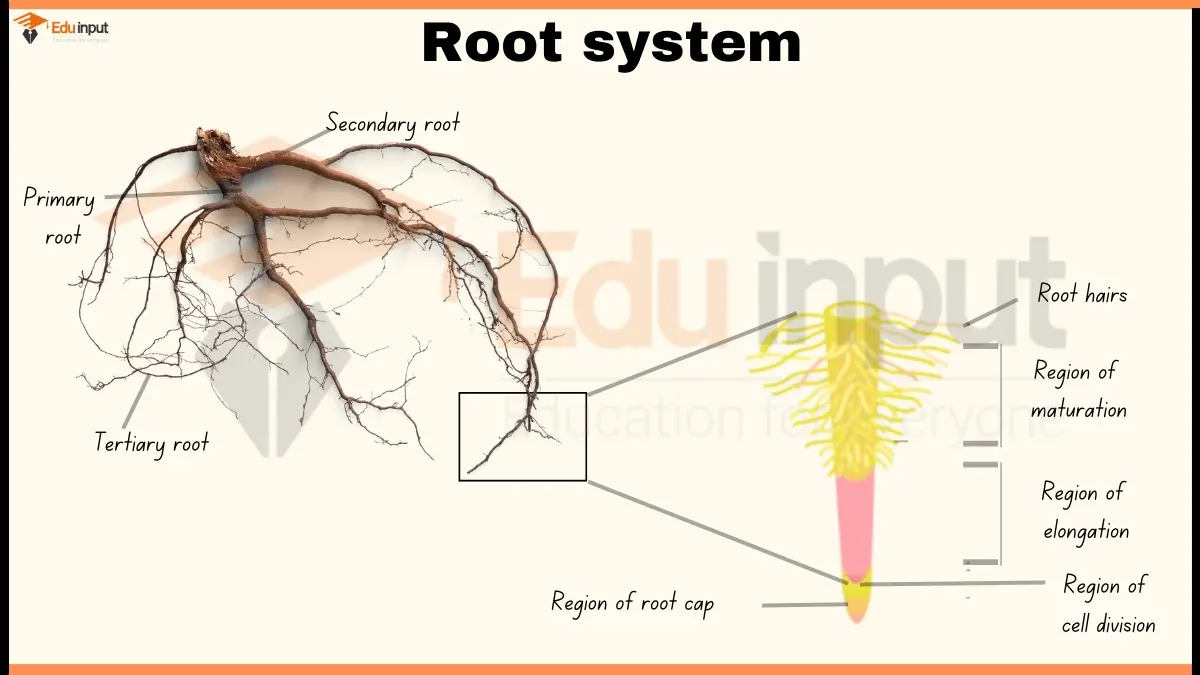
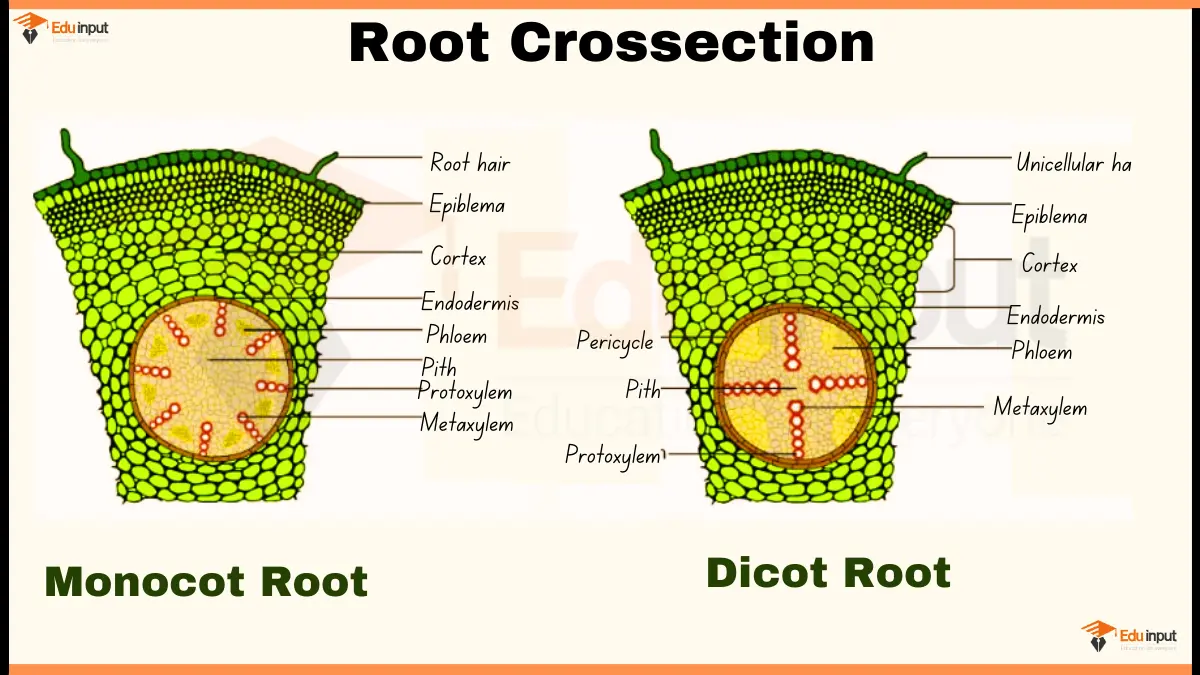
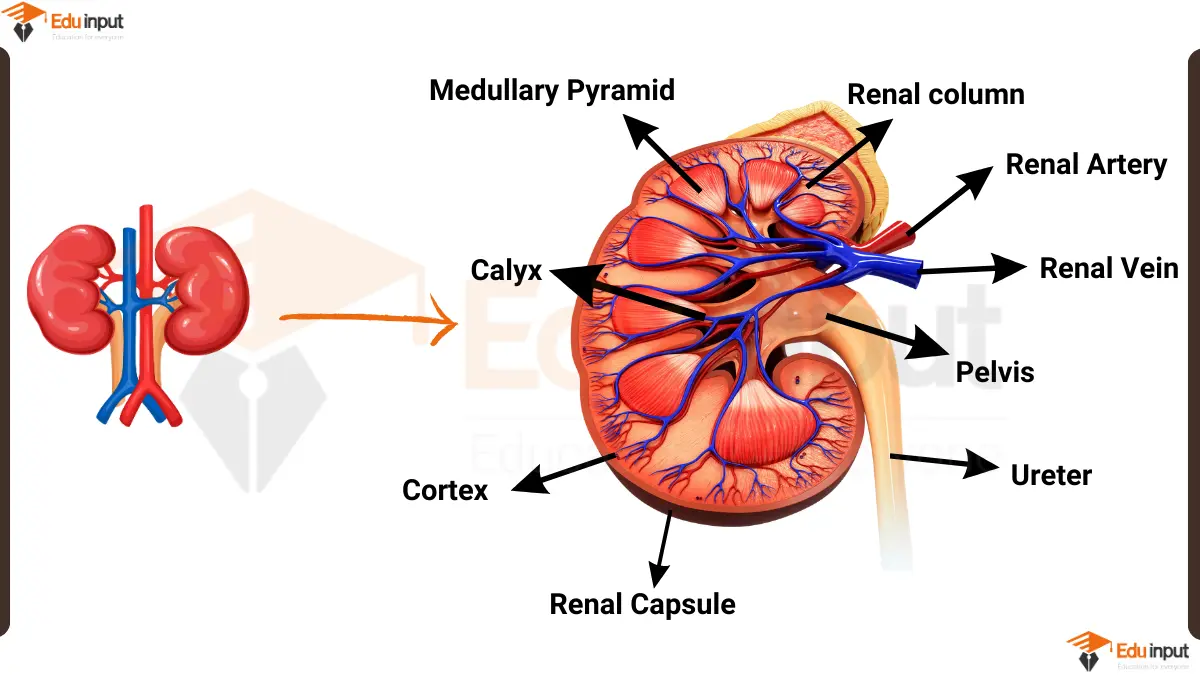


Leave a Reply